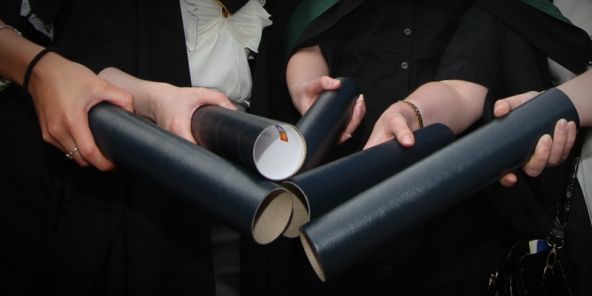Most parts of Courier Country saw a rise in university applications this year.
Official application figures from admissions and clearing service Ucas were analysed by education specialist Ambitious Minds.
It found 12 of the 20 best-performing areas were in Scotland.
A breakdown by UK parliamentary constituency shows the number of would-be students living in North-East Fife was up by 6.5% compared with 2011, putting it in 17th place out of 650.
Applications from residents of Kirkcaldy and Cowdenbeath rose by 2.4%, with those from Glenrothes up by 2%, Angus by 1.8%, Dundee West by 1.5%, Ochil and South Perthshire by 1.4% and Dundee East by 1.1%.
They all came within the top 60 constituencies.
There was a 2.7% decline in Perth and North Perthshire and a 3.6% drop in Dunfermline and West Fife. However, that was still enough to see both areas come within the top quarter of the list as most parts of the UK saw applications slump.
Overall, Scotland saw a small year-on-year increase in applications compared to a 1.3% fall in Wales, a 5.3% drop in Northern Ireland and a 9.9% decline in England.
Sean McGuire, chief executive of Ambitious Minds, said going to university is no longer an automatic choice for a teenager with good exam results.
”It has become an investment decision that usually must be made by the family as an economic unit and it is a decision that has significant risk.
”Young people who choose to go to university are burdening themselves with debts of more than £30,000 that will remain with them for decades if they aren’t paid off.
”The figures demonstrate that trebling the cap on tuition fees has had a significant effect on capping the aspirations of young people.”
English students have been put off by rising fees. There are no fees for Scottish students studying in Scotland.
